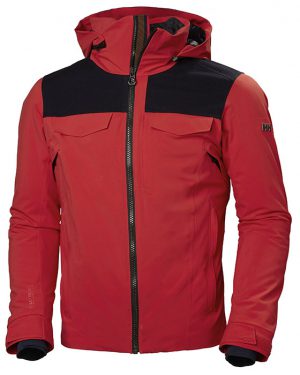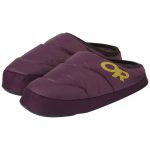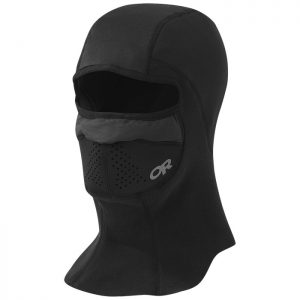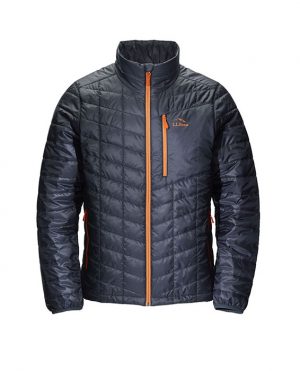NASA used aerogel to keep astronauts alive in temperatures that make a cold day on the Prairies seem warm (a sunny day on the moon tops out around -127° Celsius). The foam-like substance is lighter and more insulating than down feathers or synthetic fibres. It’s been around since 1931, but new tweaks are making it more affordable and practical for outdoor gear. It’s suddenly showing up all over the ski hill.
Helly Hansen was an aerogel pioneer, lining pockets of its jackets, like the ski-focused Jackson, with the gel-like material to keep phones safe from battery-killing cold. $800; hellyhansen.com

Gripping a pole usually kills insulation in the palm of a glove, but aerogel doesn’t rely on dead air space for insulation, making it ideal for the palm of Marmot’s Vection Glove. $190; marmot.com
Aerogel in the sole of the Outdoor Research Tundra Aerogel Booties keeps the cold at bay from below, while proprietary synthetic insulation cozies feet from above. $109; outdoorresearch.com

image: ©Earl Harper
Lining the nose and cheeks of the Outdoor Research Tundra Aerogel Balaclava with aerogel shields them from frostbite. $65; outdoorresearch.com

image: ©Earl Harper
Vancouver-based SOLE keeps toes warmer with aerogel inside its Thermal Thick footbed. Combined with wool, it keeps feet dry and insulated. $65; yoursole.com
LL Bean Parkway Jacket is the first shell with Primaloft’s Cross Core technology, a fusing of aerogel and synthetic insulation. $255; llbean.com

by RYAN STUART in Buyer’s Guide 2020 issue